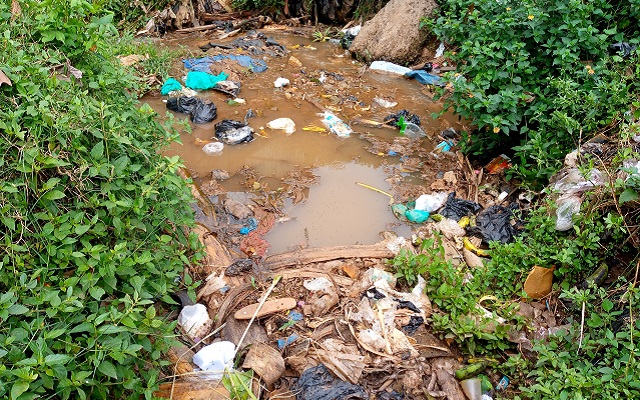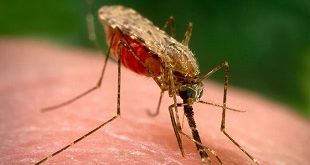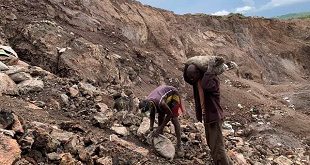
Every rain season brings agony to residents of low income areas built in designated flood plains
Kampala, Uganda | EVELYN AINEMBABAZI | Kampala City, Uganda’s capital district on the edge of Lake Victoria, is a place of high hills, low vales, and rain storms that result in regular floods.
To plan around that, the Kampala Capital City Authority (KCCA) has divided the areas flood hotspots and flood plains into eight catchment systems to safely direct open storm water from the high grounds, through low lying areas, and into the lake.
To avert danger and inconvenience to residents, the authority has erected a system of strategic channels, headwalls, and culverts. It has also designated flood plains that must remain free of human activity.
One of the catchment systems is called the Kansanga System. It covers one of the city’s five divisions called Makindye and comprises surrounding parishes of Kibuye, Nsambya Central, Makindye, Lukuli, Kansanga-Muyenga, Ggaba, Bukasa and Buziga.
The system is named after Kansanga, a suburb south of the city that has mainly upmarket residences, small businesses supported by a bustling social scene, university college parks, and out-of-town offices including the American Embassy and National Drug Authority.
Behind the impressive business and residential facades, however, Kansanga has a darker, more impoverished side of crowded low income areas built in designated flood plains where every rain season brings agony to residents.
One of these areas is Nabutiti, lying between the American Embassy to the west along Ggaba Road, the AVSI Headquarters to the north, and American Centre in Kampala to the east.
The situation is getting worse due to the lack of properly managed drainage system. When the rains come, they come along with floods that destroy lives, houses and other properties.
Suzan Nahiira, a mother of three and a resident of Nabutiti who has lived in the area for over 20 years says she has lived through some of the worst Nabutiti floods.
She said, “Water enters peoples’ houses due to the lack of properly managed drainage systems and the floods caused by the heavy rains.
“People no longer have chairs and televisions in their houses because of the floods,” she recently told The Independent.
“The houses no longer have tenants since most people have vacated the community,” she adds.
Blessed Barnabas, a resident of Bunga Soya told The Independent about the day he had gone to work and it rained heavily and returned to find his home flooded.
“I couldn’t believe my eyes because what I saw left me blind,” he said, “The whole area had flooded in that I couldn’t even find my keys since I had always kept them under the door.”
Barnabas said his neighbour lost his television set and laptop to floods. “When I managed to crack the door open, I found mud was all over my room, my white bedsheets were no longer white and what shook me so much were my academic documents, they were all gone but luckily enough I had saved some on my phone.”
“People are dying not only in the homesteads but also on the roads, for instance cars and motor cycles don’t move a lot on this road when it rains a lot because of the heavy waves which sometimes push the people into the major drainage and thus death and loss of property,” he said.
A resident of Kosovo, Kibira zone, Massajja described the day a man drowned in the floods while trying to help his wife cross over. He said the heavy floods swept him unfortunately before he could get hold of her and he was found dead the next day.
Kosovo, Kibira zone is always impassable when it rains because it’s always flooded.
KCCA pinned
Nahiira blames blocked drainage systems and poor sanitation in the area for her suffering. She says the government has been slow to address the issue.
“KCCA trucks come once or twice a year to clear the drainages,” she says.
Some residents have built flood barriers in an attempt to keep flood water out of their buildings and properties. But in some areas, the flood rubbish of plastic bottles, bags, and bio-waste are piled so high that base of the drainage channels is actually higher than the surrounding land which the channels are meant to drain.
Jane Barigye, a mother of six and a resident of Kiwafu, Kansanga says she once found snakes near her house.
“I blocked the drainage from bringing in rubbish and sand from the road and now I no longer have floods in my compound,” she says.
Residents to blame
Perhaps unknown to the residents, KCCA officials and other local are aware of the flooding situation and are always groping for solutions. It is a common problem in all the city’s eight drainage systems and the leaders blame housing and infrastructure development for putting additional pressures on the natural drainage channels.
Christine Mbajja, the LC1 Chairperson of Heritage Village in Kansanga Parish said people pour rubbish in the drainage channels which ends up in most homes.
“Sometimes human waste is found in the drainage as the clearing is going on which has led to deadly diseases,” she says.
“Sometimes we find dead bodies of people which have been brought from the main road, boda bodas are also brought in the floods and the worst part is that we also discover aborted foetuses which is so devastating to have such in the community after heavy rains,” the LCI chairman told The Independent.
“This all happens because of poor or no construction of drainage systems in the community. The people paid trade licenses but KCCA never showed up to take action which made the residents annoyed and they decided to stand as a community and work on some areas to avoid more dangers.”
Mbajja says about 80% of the families in the Heritage Village community are affected when the poorly constructed drainage channels get filled up very fast with the rubbish.
“Most people start blaming us because they think we are just not forwarding their cries to the government yet I do my part as Chairperson that’s why most times I involve them into community work,” she said.
Another resident in Nabutiti told The Independent that residents get water-borne diseases and mosquitoes that breed on stagnant flood water spread malaria.
He also said that the area is littered with solid waste everywhere since the rubbish pits are full and the wind blows the polythene bags to the drainage channels.
“No trucks come to collect the rubbish, it is instead us the people who collect the rubbish together and burn it to prevent diseases and prevent blockage of the drainage,” he said.
The resident said when approached, KCCA always promise to provide garbage skips but they never keep their pledge.
 The Independent Uganda: You get the Truth we Pay the Price
The Independent Uganda: You get the Truth we Pay the Price


